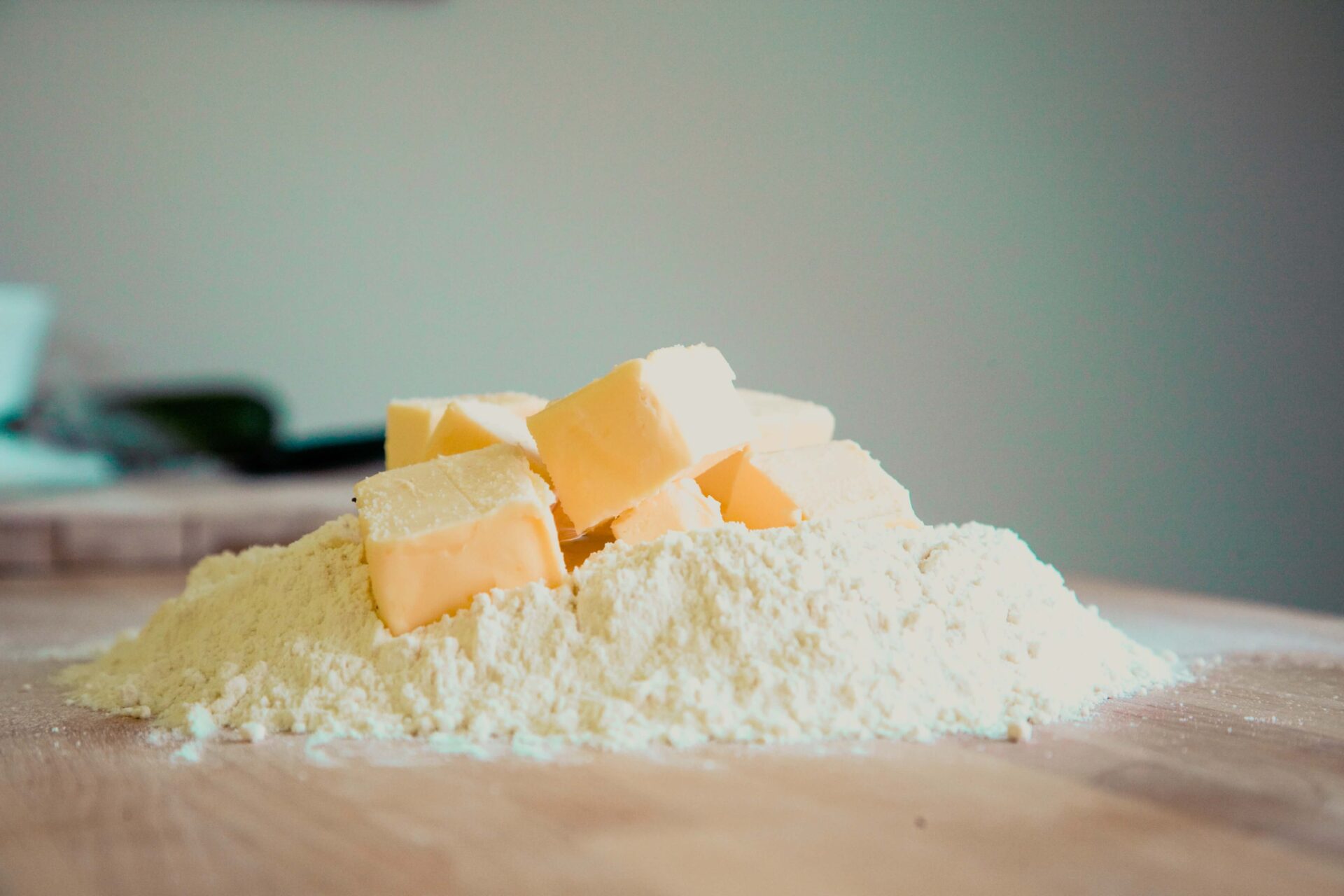
It’s Butter To Be Aware (of PFAS)
A few studies have come out recently showing the alarming presence of PFAS (“forever chemicals”) in butter wrappers. For the most part, this has gone relatively under the radar in the health and wellness community. For those of us who have not gone down the road of using toxic GMO seed oil-based butter substitutes (which are riddled with PFAS) and opted to keep real butter as a part of our diet, we need to be aware of the packaging as not all are created equal….
Terrence Collins, Teresa Heinz Professor of Green Chemistry & Director of the Institute for Green Sciences at Carnegie Mellon University explains the relevance of butter wrappers in more detail:
“The US Food and Drug Administration has known for decades that PFAS compounds in food wraps can migrate into our food. The general notion that chemicals, like most of the PFAS family, that can move around in the environment, that bioconcentrate in living things, and that Nature cannot easily destroy will find a way to cause health or environmental trouble because the chemistry of the ecosphere is so complex. This was clearly articulated over two decades ago. I also recommend that butter companies should strive to be able to label their products as “PFAS-Free” when they have done the appropriate homework.” As a more general comment, the only effective way to deal with the expanding environment, human contamination, and deadly toxic issues is to simply stop making most if not all PFAS compounds.”
Scott Belcher, Ph.D. & Associate Professor with the Center for Environmental & Health Effects of PFAS at North Carolina State University says “fluoropolymers, such as polytetrafluoroethylene (PTFE) or Teflon®, are extremely common forms of PFAS that can be contributing to the organic fluorine found in butter. Methods used for detecting individual PFAS, such as PFOA or GenX, cannot directly identify PTFE. However, the analysis of total organic fluorine does account for all PFAS contaminants in butter wrappers, including PTFE. Therefore, this method of testing serves as a good ‘spot-check’ of consumer products.”
To start here is the list of worst offenders containing PFAS in their packaging:
-HEB Organic Salted Sweet Cream Butter — 18 parts per million (ppm) organic fluorine, 2nd product 16 ppm
-Kerrygold Pure Irish Butter Unsalted Wrapper — 61 ppm organic fluorine (tested after lawsuit)
-Kerrygold Pure Irish Butter Salted Wrapper — 122 ppm organic fluorine (tested after lawsuit)
-Kerrygold Unsalted Pure Irish Butter Paper Wrapper — 11 ppm organic fluorine (paper wrapper new packaging)
-Kirkland Grass-fed Salted Butter Wrapper — 58 ppm, 2nd product 15 ppm organic fluorine
-Maple Hill Organic 100% Grassfed Unsalted Butter — 69 ppm, 2nd product 15 ppm organic fluorine
-Miyokos European Style Cultured Vegan Butter w/ Hint of Sea Salt — 12 ppm organic fluorine, 2nd product different lot non-detect
-Organic Valley Sweet Cream Salted Butter Wrapper — 35 ppm, 2nd product 16 ppm organic fluorine, 3rd product 14 ppm
-Wegmans Organic Unsalted Sweet Cream Butter wrapper — 15 ppm organic fluorine, 2nd product different lot 16 ppm.
And here is their list of brands that passed the test (free of PFAS):
-365 Whole Foods Market Organic Salted Butter Pasture-Raised
-Clover Sonoma Organic Salted Butter Wrapper
-Horizon Organic Salted Organic Butter From Pasture-Raised Cows
-Nature’s Promise (Stop & Shop) Salted Organic Sweet Cream Butter
-O Organics Organic Salted Sweet Cream Butter
-Straus Family Creamery Organic European Style Lighted Salted Organic Butter
-Trader Joes Organic Salted Butter
PFAS have been allowed to take over our lives, so the best thing we can do is try to mitigate our exposure to them as much as possible. They are also found in other products like Tampons, dental floss, contact lenses, cooking oils, etc. with no warning label, so please do your due diligence and stay tuned for more info on PFAS to come in future blogs!
References:
Centers for Disease Control and Prevention. (2022, May 2). Per- and polyfluorinated substances (PFAS) factsheet. Centers for Disease Control and Prevention. https://www.cdc.gov/biomonitoring/PFAS_FactSheet.html
Environmental Protection Agency. (n.d.). EPA. https://www.epa.gov/pfas/pfas-explained
OECD portal on per and poly fluorinated chemicals. (n.d.-a). https://www.oecd.org/chemicalsafety/portal-perfluorinated-chemicals/aboutpfass/
Perfluorochemicals: Potential sources of and migration from Food Packaging. (n.d.-b). https://www.tandfonline.com/doi/pdf/10.1080/02652030500183474
U.S. Department of Health and Human Services. (n.d.). Perfluoroalkyl and Polyfluoroalkyl Substances (PFAS). National Institute of Environmental Health Sciences. https://www.niehs.nih.gov/health/topics/agents/pfc/index.cfm
University, C. M. (n.d.). Institute for Green Science. Institute for Green Science – Department of Chemistry – Carnegie Mellon University. https://www.cmu.edu/igs/


